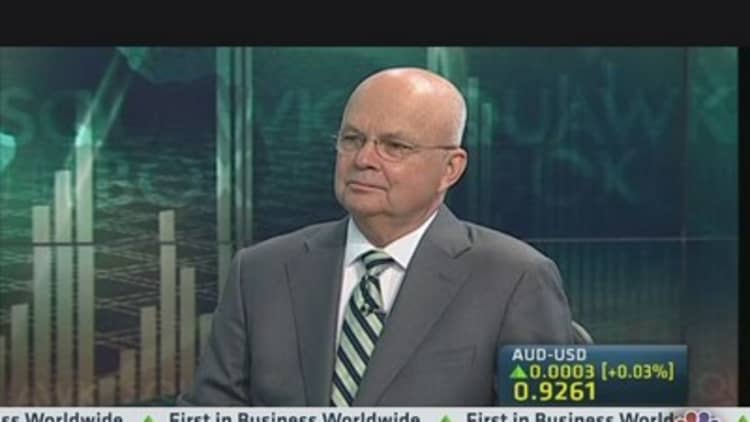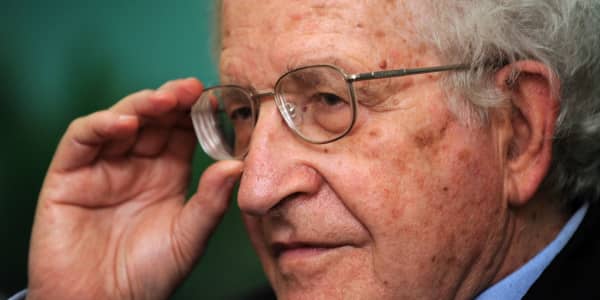The latest stories from the fast-evolving world of the Data Economy:
Big data is changing the world outside and in—make that intimately.
True&Co.'s algorithm-built bra has hit the market. Its She Walks in Beauty (Light) collection is based on information collected from more than 200,000 women who have taken a "fit quiz" and on their personal responses after the at-home try-on and purchasing process.
True&Co.co-founder Michelle Lam provided ample commentary to Fast Company this past week as part of the marketing blitz for the sexiest big data product ever. The company has identified 6,000 distinct body types (not good news for high school boys trying to work with their hands behind someone else's back).
"Big data is not the answer to everything. But the design process is not just a machine spitting out a spec," Lam told Fast Company. Ladies and gentleman (but mostly ladies), welcome to the world of the "perfect" 34C.
What do you get when you cross big data, Planned Parenthood and Target?
All data geeks are familiar with the famous story that Target "knew a teen girl was pregnant before her father did," per accounts in the The New York Times and other publications. Creepy? Sure, but it also became one of the prime illustrations of big data's value, writes Ikhlaq Sidhu, chief scientist of the Coleman Fung Institute for Engineering Leadership, on a Berkeley blog.
The retailer uses a pregnancy-prediction score, inferred from purchases, to develop a pregnancy-likelihood and confidence interval on every woman who shops at Target. The score is used to aim baby product ads at the right time and people. Sidhu writes that anyone seeking to harness the power of big data can learn a lot from the Target example (and not just parents about having that birds-and-bees talk with their teenagers sooner than later).
(Read more: Most successful big data entrepreneur? Lady Gaga)
The $10 billion scrapbook
For nearly 15 years, Gordon Bell, researcher emeritus at the Microsoft Research Silicon Valley Laboratory, has been painstakingly digitizing and categorizing his life, storing personal and professional moments as part of a "lifelogging" project done in conjunction with a Microsoft research program called MyLifeBits.
Bell has amassed a collection of more than 150,000 photos, 750,000 digitized pages of text and 20,000 emails. And he has a message for anyone interested in immortality: Don't delete anything, ever.
Wicked leaks
"If I handed you a puzzle piece with flames on it, would you think this is good news or bad news? Is this a fire in the fireplace near a glass of wine? Or is this a fire in the hallway? Without more context (related puzzle pieces), just staring at one transaction (a puzzle piece with flames on it), one might be inclined to raise an alarm—just to be on the safe side, of course."
If you (like me) have absolutely no idea what this metaphor means, you might want to read the rest of IBM Entity Analytics Group chief scientist Jeff Jonas' post on a Wall Street Journal blog about how big data can be used to protect you from the invasive nature of big data.
Or something like that.
(Read more: 10 data findings that will change your life)
Or put another way ...
OK, here's an easier way to explain the issue of big data being its own most dangerous enemy. General Michael Hayden, former head of the NSA, was on an Amtrak train this past week having an off-the-record conversation with some journalists.
Little did Hayden know a fellow passengers was tweeting everything he said. And the presidents of Germany and France think they have reason to complain about America's oppressive surveillance state! The person doing the tweeting was liberal activist and Huffington Post contributor Tom Matzzie. MSNBC has the full story on the general's "leaks."
And in this week's edition of: Big data, buzz or BS?
It's BS!
In answer to all the grandiose claims about big data solving problems the human brain is incapable of handling, and the reshaping and remaking of 21st-century societies by metadata and massive computing power—here's an example of how good old-fashioned brain power localized in the neural pathways of one individual is more vital with an issue as big as climate change and a system as complex as the New York City subway.
In a fascinating piece by Robert Sullivan in this weekend's New York Times magazine section (and to be honest, in no way intended as a rebuttal to big data), the blow-by-blow account of preparations for and responses to Superstorm Sandy makes an anti-big data point clear: A machine can never replace the knowledge of an engineer familiar with the quirks of a system like the subway.
with New York's mass transport system ground to a halt, the most important problem-solver wasn't an algorithm but a bunch of guys with a lot of experience in those tunnels. (Though they really do need to figure out a better defense for a storm surge than plywood dams.)
(Read more: Who is viewing your Instagram, and profiting from it?)
The buzz is merited, but ...
There's no debate, according to this account: Big data is huge and growing and here to stay. Problem is we don't have a clue what to do with it, writes John Jordan, professor at the Smeal College of Business at Penn State University, in a leadership blog post for The Wall Street Journal.
"We may be overlooking the challenges that big data poses—including the way companies interpret the information, manage the politics of data and find the necessary talent to make sense of the flood of new information," he writes.
Bottom line: We've started playing a high-stakes game—and with big sums—and companies are at best novices in figuring out ways to make the bets pay off. Which, come to think of it, has been said about 1,001 times before ... in the past month of blogs about big data.

(Read more: 10 surprising ways companies use your private data)
Cassius Cray
Some of the greatest comebacks in the ring were pulled off by Cassius Clay, aka Muhammad Ali.
Now, in a rope-a-dope that went on for decades and is being proved genius, 1970s supercomputing pioneer Cray is having a renaissance—courtesy of big data.
Shares of the company, which stood on the brink of obscurity 20 years ago but is now returning to prominence, have almost doubled over the past 12 months, reports Reuters.
—By Eric Rosenbaum, CNBC.com





